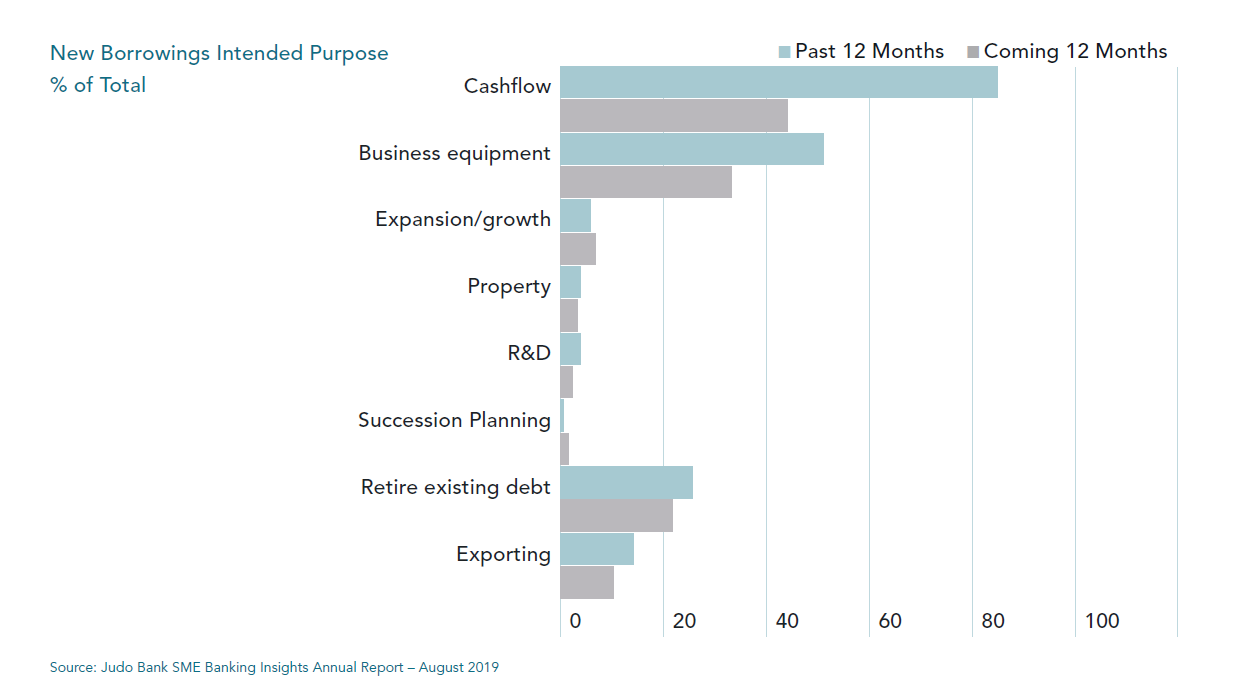It's an interesting time in monetary innovation.
Initially, we're operating in a special economic setting. Money is economical, which has actually triggered a series of mergings and acquisitions in financial, with smaller gamers merging to achieve bigger scale. This enhancing rationalisation on the market means financial institutions require systems that can facilitate the range of growth that they're looking for to achieve.
Secondly, customers are calling the shots. And they do not care what's happening in the backside. As Phillipou says, "It's banking innovation in front-end applications that they observe-- making it simpler transact on the internet consisting of to transfer money, withdraw cash, borrow cash, obtain a charge card, make payments."
The essential part is the involvement and communication they are experiencing; exactly how basic is it to open up an account as well as become a client electronically. A bank's system requires to be able to automate procedures as well as offer a frictionless experience for the customer.
If a financial institution is aiming to replace or readjust facets of its core financial system to resolve customer assumptions and also development objectives, it's mosting likely to be a risk/benefit compromise.
Below is where the sixty-four-thousand-dollar questions can be found in, according to Phillipou. "Do they see the worth in spending thousands of countless pounds doing a improvement of that gravity? Or, if their core system can still do the basics and advance via upgrades, should they be purchasing front-end applications that allow them to supercharge their development and satisfy customer expectations?" he states.
Analyzing systems
A core financial platform is the engine that drives the bank's central operations, in charge of the opening and also maintenance of finance and also savings account, keeping the central document of purchases, passion as well as more. It's the 'source of reality' for account status and account information which are accessed by other systems and also feed consumer networks.
System, organizations have account opening/origination systems which gather client data and take care of the application process by interacting with the core financial engine. As well as there are account servicing systems that enable consumers and also internal individuals to inquire their account status as well as negotiate on their account.

Both additional systems might be offered by the core banking company as well as classed as part of the core banking engine, or they may be a separate system/product that is integrated with the core banking engine.
Exists a third alternative?: Fintech carriers like Sandstone Innovation offer remedies that can be integrated with the core financial engine after the reality. These fintech integrations are generally attained through typical APIs which help simplify the integration as well as allow a new company to extra easily weave the solutions flawlessly into those of various other modern technology suppliers.
City of London at sunset and also company network links concept picture with lots of organization icons. Technology, improvement and innovation suggestion.
Risk, and also why modification has been so sluggish

Most core financial systems have been in situ for years, in some cases decades. Substantial quantities of cash as well as sources have actually been spent. Benefits aren't instant, they're counted over years. "Once a financial institution has done its benchmarking and made a decision to purchase a core banking system, they're devoted for the longterm," Phillipou states. "They won't be crossing out that level of financial investment quickly."
Add in the fact that financial institutions, mostly, are infamously really risk-averse organisations. They need to be traditional, because they're custodians for people's cash. They need to see to it they have systems, processes, as well as a danger cravings method that is in line with their clients' expectations, to ensure consumer self-confidence and information security.
As Phillipou discusses, the best risk they are exposed to when migrating off an older information system is execution risk. "Firstly, these kinds of programs are intricate as well as renowned for running over schedule which has huge effects for financial institutions," he claims. "What may emerge as a compelling proposal in the tendering procedure can, once carried out, come to be an functional as well as expensive problem for the financial institution."
Many CTO as well as CIOs obtain surprised when they check out core financial changes that have actually gone southern, like Royal Financial Institution of Scotland, whose unfortunate software upgrade in 2012 resulted in an blackout leaving numerous clients incapable to make or get repayments. RBS was fined 56 million pounds by British regulatory authorities in 2014.
When CTOs, CIOs and also various other decision manufacturers opt to change their core systems, they require to win the hearts and also minds of the board and also the exec right across the organisation. It's commonly not an very easy sell.
Front-end assimilations are the key to growth
Numerous organizations are in the hard placement of being beholden to aging, monolithic core banking systems where modifications as well as updates to their systems are usually complex, time consuming and also costly. Purchase processing is clogged, car loan handling is slow as well as they may not have the capacity to interface right into their front-end applications to the degree they 'd such as. The system can't do what they require it to do, to satisfy growth goals and also goals.
In the long run, development progressively comes through the financial applications that are customer dealing with, Increasingly financial institutions are recognising that brand-new front-end applications will obtain a greater roi than a significant core transformation.
Frontend solutions can include bankstatements.com.au review overhauling the whole customer-facing design, or simply making tiny strategic adjustments to procedures that affect the consumer experience.
With smooth UX throughout electronic banking capability with apps, "it's like opening a window to a shop" Phillipou claims, helping banks open accounts rapidly, onboard clients swiftly-- every one of those retail financial needs. It's constructing that digital value recommendation which gives banks the ability to complete and also win, making sure they're maintaining existing customers, growing their customer base as well as market share, in addition to boosting online reputation.
Fast, dexterous integrations with Sandstone Technology
A banking assimilation expert, Sandstone Innovation can work with any core financial system provider. Implementation is fast - between 3 and 12 months depending upon the intricacy of the implementation and the bank's internal procedures.
Sandstone Innovation is a relied on digital companion to tier 1-3 financial institutions, building cultures, participant area possessed banks and also cooperative credit union with clients across Australia, New Zealand, Asia and the United Kingdom.